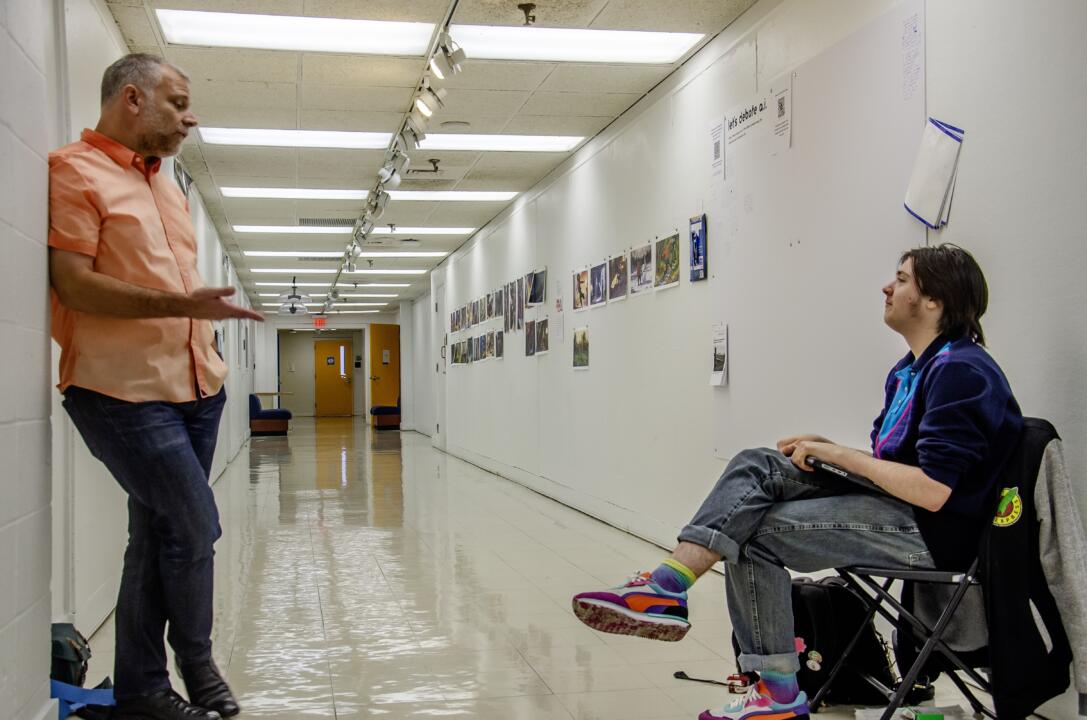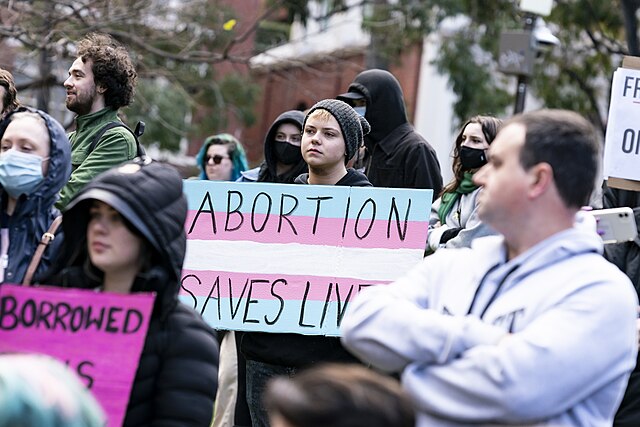The Maryland Department of Health (MDH) launched MD Covid Alert, a smartphone-based COVID-19 exposure notification system using Bluetooth Low Energy technology. Students at the University of Maryland, Baltimore County and other USM schools received information about joining the alert system after the university announced 13 new positive cases in its community.
Dr. Katherine Feldman, MDH Contract Tracing Unit Director, said that the decision for a smartphone alert system complements current contact tracing efforts.
“It is not a replacement or an alternative. It is yet another tool we can use in our fight against COVID,” said Feldman. “Together, we can stop the spread of this disease.”
She listed several advantages of the system, including the extended contact tracing outreach and the ability to directly call those with possible exposure. Implementing MD COVID Alert improves upon traditional contact tracing systems, where a contact tracer calls someone who has been diagnosed or exposed to discuss isolation strategies, overall well-being and get the names of their contacts.
“This phone system allows an additional layer of outreach to identify people who might have been exposed to COVID-19 and to get messaging out to them to alert them about that exposure and give them guidance on what to do.”
Feldman also acknowledged some of the weaknesses of the new exposure alert system, including pushback from Marylanders over privacy concerns.
Senior Information Systems and Psychology major Steven Swift is one of those Marylanders with privacy concerns. Swift states that he does not plan on using the MD COVID Alert system because of those concerns, despite the fact that believes protecting his data as a futile effort.
“I do have privacy concerns, but everything steals data today, so there’s nothing I can really do,” said Swift.
Feldman emphasized that the system collects no personal information and does not track its users’ locations, and those with any concerns are encouraged to read more in-depth about the technology so that they can be reassured.
She also discussed some of her concerns with the system, including a possible negligence to public health guidelines in light of a new contact exposure system.
“We don’t want people to be falsely reassured by this, and then not take precautions like physical distancing and wearing masks and washing hands,” said Feldman. “We want people to do all of these things…and use this technology and answer the call if a traditional contact tracer calls.”
In relation to the role of university students in participating in the MD COVID Alert system, Feldman said that although she does not want to make a recommendation on the USM’s behalf, that colleges provide a valuable environment for exposure notification and contact tracing systems.
“We know that students are typically highly mobile and that students like their phones and often have them with them. So this technology could be very useful on campus settings,” she said.
For Marylanders traveling between states, MD COVID Alert is operable with D.C., New York, and a number of other states, although it is not yet in Virginia; Dr. Feldman advised that people should turn on exposure notifications in the jurisdictions where they anticipate being tested. She acknowledged the particular challenge facing students who might have a home address in one state and a campus address in another, but said that the basic message is that the address used when a student gets tested determines which state’s exposure notification system to use.
Feldman’s key takeaway for university students reiterates the complementary nature of MD COVID Alert with current public health guidelines.
“I would underscore that students should consider adding [MD COVID Alert] to the things that they do to help prevent transmission,” said Feldman. “But, at the same time, make sure they practice other preventative measures like social distancing, wearing masks, and being very mindful of travel as they finish up their semesters.”

